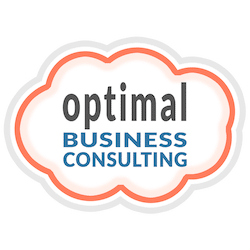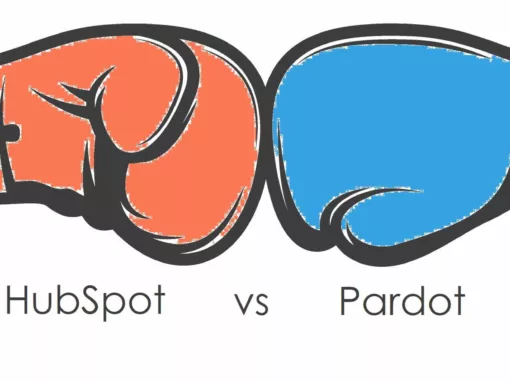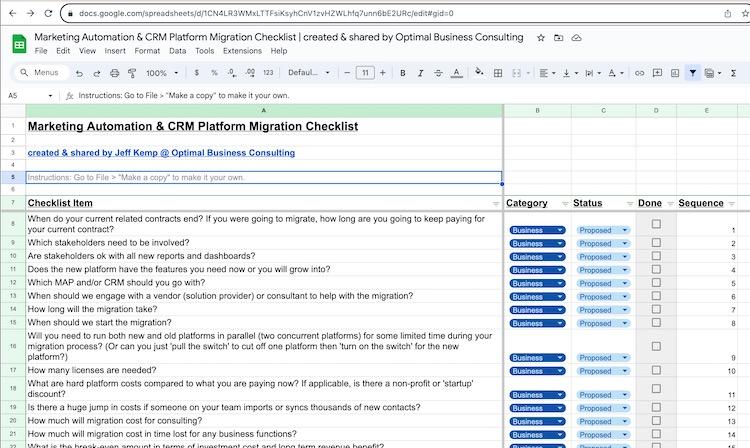Every marketing automation platform has its pros and cons. There is no perfect solution. Most organizations that use marketing automation end up finding that their experience falls short of their original expectation. Some even begin shopping for another solution after using a platform for about two years, when they realize that the tool they are using doesn’t fit all of their needs.
The key is to carefully select a tool that will fit best with your organization’s workflow, allow you to scale and adapt to the market for years to come, and fit your budget and resources. In this post we explore the features, pros, and cons of Pardot and Act-On.
Act-On
Act-On is a mid-level to enterprise level Marketing Automation platform with emphasis on ease of email marketing, lead segmentation and built-in analytics. It has been edging into the enterprise space due to its lower cost commitment for companies to get up and the intuitive interface.
Strengths:
- Focuses on content creation and lead generation, making the interface easier for marketers to navigate and create content needed.
Weakness:
- Lead management and integrations with Salesforce are more difficult to manage and take additional technical support to maintain and troubleshoot.
- Cost. Act-On starts at $900/month and with a limited number of mailable prospects.
TLDR; Act-On is a newer entrant in the marketing automation space. It is quickly gaining market share in mid-to-enterprise sized organizations. Its functionality is focused on the email marketing and lead generation and requires less of a learning curve and a smaller resource commitment to run day-to-day operations.
Pardot
Pardot, now Marketing Cloud Account Engagement, was acquired by Salesforce in 2013. It is considered a leader in the enterprise-level marketing automation platforms. Pardot sits on the Salesforce database and comes with a wealth of marketing functionality including email marketing, lead management and scoring, automation and lead nurturing and advanced reporting.
Pardot’s tight integration with Salesforce makes it a leading contender in the mid-level to enterprise marketing automation space.
Strengths:
- Full lifecycle product; lead management, forms, webinar tracking, Salesforce integrations, campaign management, and automation workflows.
Weakness:
- Resourcing the tool can be difficult and costly. There is a learning curve to new marketers learning how to navigate marketing automation. Pardot typically requires a delegated administrator(s). The administrator(s) needs the ability to understand the power of the tool, how the business could benefit from the automation capabilities, as well as being able to navigate html/css and logistics of the system.
- Pardot typically requires a full-time admin to administer and can require an investment that might preclude adoption by smaller companies.
- Cost. Pardot’s entry-level package starts at $1250/month.
TLDR; Pardot’s strengths include its deep Salesforce integration, email marketing, lead management and nurturing, automation workflows, segmentation, custom redirect links.
The takeaway
Pardot is a full lifecycle marketing automation tool that requires a larger resource commitment to fully use and optimize. Act-On focuses on email marketing and lead generation. In general, it is easier to learn and to manage.
Note: some features and pricing may have changed since this post was published. If you’ve any specific questions on either product, please reach out. We’re happy to help.
































0 Comments